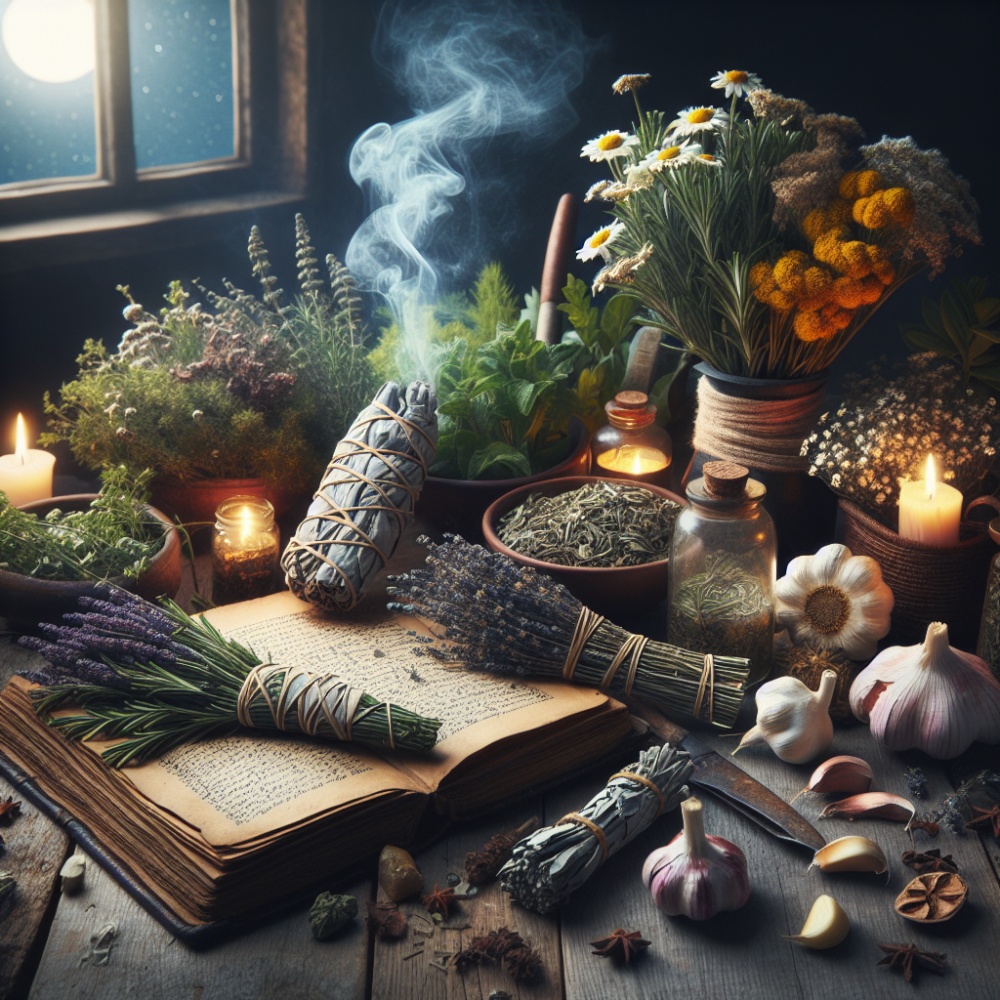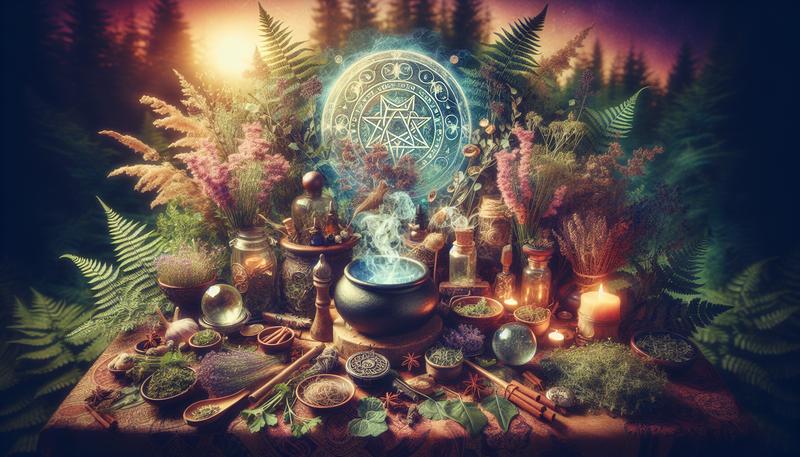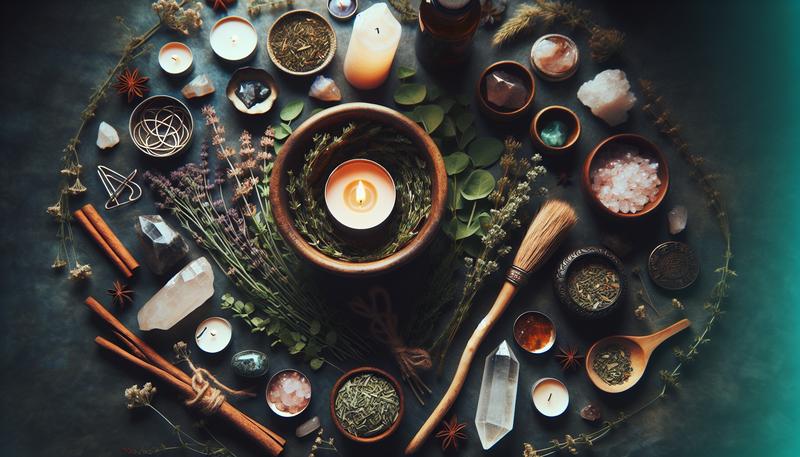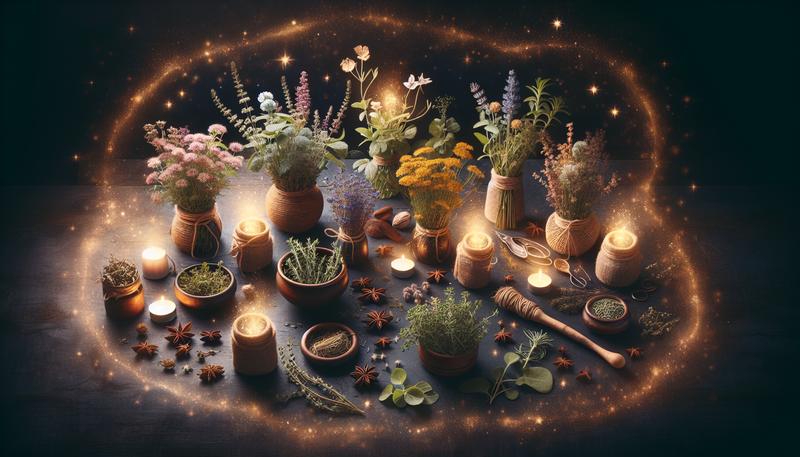The History of Herbal Magic: Ancient Practices and Traditions
Herbal magic has been a fundamental aspect of human civilization, woven into the daily lives and spiritual practices of different cultures throughout history. From ancient Egyptian rituals to traditional Chinese medicine, plants have served as powerful allies in witchcraft and healing. Today, let’s explore the rich history of herbal magic, reflecting on how our ancestors utilized the natural world around them in various magical traditions.
In many ancient cultures, herbs and plants were not just seen as food or medicine; they held deep spiritual significance. For instance, the ancient Egyptians revered herbs like coriander and myrrh, incorporating them in rituals and embalming practices, believing they had protective and purifying properties. Egyptian hieroglyphics often depicted these plants, signifying their importance in both daily life and the afterlife.
Similarly, in ancient Greece, Hippocrates and other early physicians utilized plants for healing, documenting their findings in texts that would influence generations of herbalists and practitioners. The concept of the Doctrine of Signatures emerged during this time, suggesting that plants bearing resemblance to parts of the body could heal those corresponding areas. For example, the kidney bean was believed to be beneficial for kidney health.
Moving across continents, the indigenous peoples of the Americas had their traditions of herbal magic, relying heavily on local plants for ceremonial uses. Herbs like sage, sweetgrass, and tobacco played significant roles in their rituals, serving as tools for purification, protection, and connection to the spirit world. Often, these plants were burned in sacred ceremonies to carry prayers and intentions to the Creator.

In Europe, during the Middle Ages, herbs were often associated with witches and folk magic, which led to a rich tapestry of herbal lore. Many herbs, such as wormwood and henbane, were considered to have magical properties and were included in various spells and potions. As the practice of herbalism continued to flourish, wise women and cunning folk emerged as healers, blending herbal remedies with their extensive knowledge of local plants.
However, the rise of the witch hunts in the late medieval period pushed many of these ancient practices underground. Fear and misunderstanding caused countless herbalists to be persecuted, their wisdom and knowledge nearly lost to history. Yet, as always, nature persists, and many of these powerful herbal knowledge and practices began to resurface in the 19th and 20th centuries during the natural and holistic health movements.
Today, herbal magic is practiced worldwide, using plants as tools for healing, rituals, and meditative practices. Modern witches often turn to their Book of Shadows to document their findings, experiences, and recipes connecting them to these ancient traditions. As we continue to learn from our ancestors, we can appreciate their profound understanding of plants and their importance in our spiritual and physical lives.
Whether you’re a seasoned practitioner or just beginning your journey, let us honor the ancient practices of herbal magic and the sacred plants that have been revered throughout history. What is your favorite herb for magical work? Share your thoughts in the comments below!



